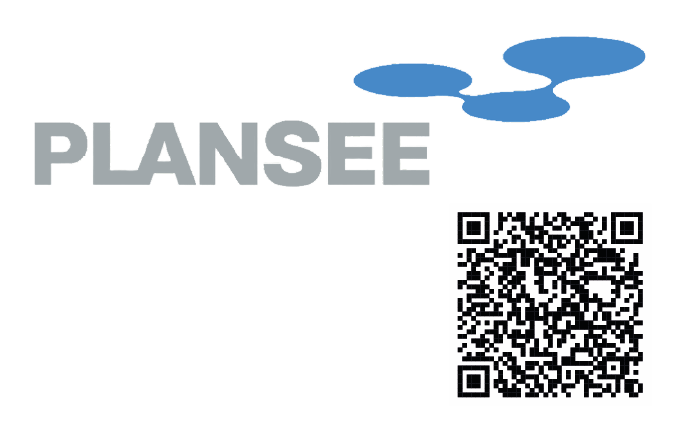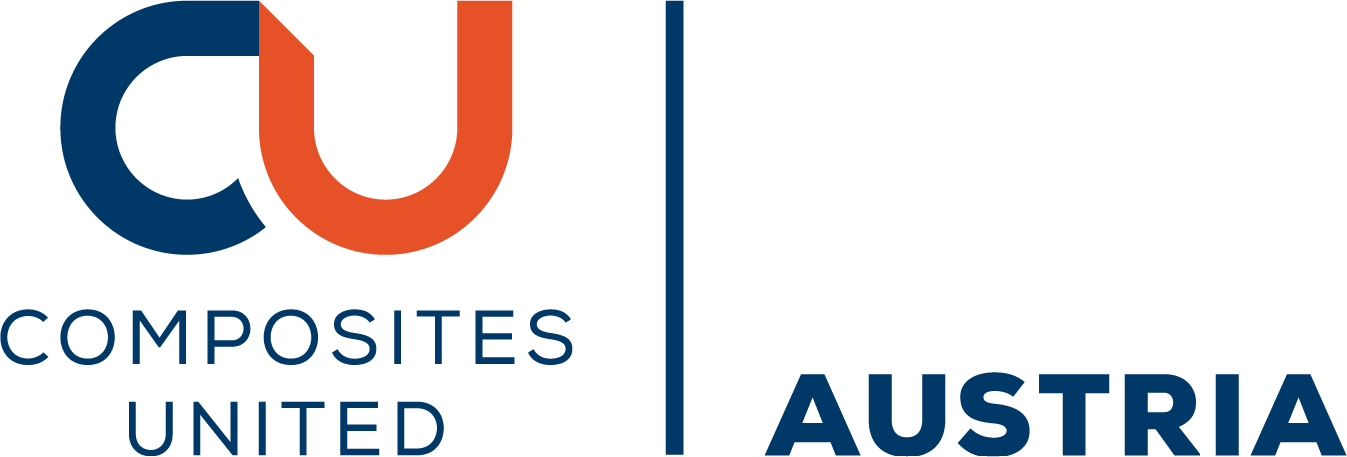
Simulation of Fiber Bridging via Physics-based and Data-driven Models.
Please login to view abstract download link
ABSTRACT In fiber-reinforced polymers, the fracture toughness of an interface can be significantly enhanced by promoting the crack-tip shielding effect of fibers bridging the crack faces [1]. Accurate modeling of this phenomenon is crucial for designing damage-tolerant structures. This study introduces a multiscale numerical framework, validated against experimental data, where fiber bridging in mixed-mode delamination is simulated via discrete modelling of the fibers. The model provides insights into the micro-mechanical damage mechanisms, and it identifies which fiber/substrate properties can improve fracture toughness. A notable drawback of the physics-based model is its high computational cost, which prevents its application at the component or structure level. One promising alternative to reduce the computational time is to use physics-informed data-driven methods [2]. The present work uses data from the multiscale model to train a convolutional neural network with an encoder-decoder architecture, enabling the prediction of traction fields in the bridging zone from corresponding deformation fields. This effort represents a first step towards the implementation of machine learning algorithms in the context of toughening mechanisms in laminated fibrous composites structures. REFERENCES [1] E. Lindgaard and B. L. V. Bak, “Experimental characterization of delamination in off-axis GFRP laminates during mode I loading,” Composite Structures, vol. 220, pp. 953–960, Jul. 2019. [2] Y. Chen, T. Dodwell, T. Chuaqui, and R. Butler, “Full-field prediction of stress and fracture patterns in composites using deep learning and self-attention,” Engineering Fracture Mechanics, vol. 286, p. 109 314, Jun. 2023.






